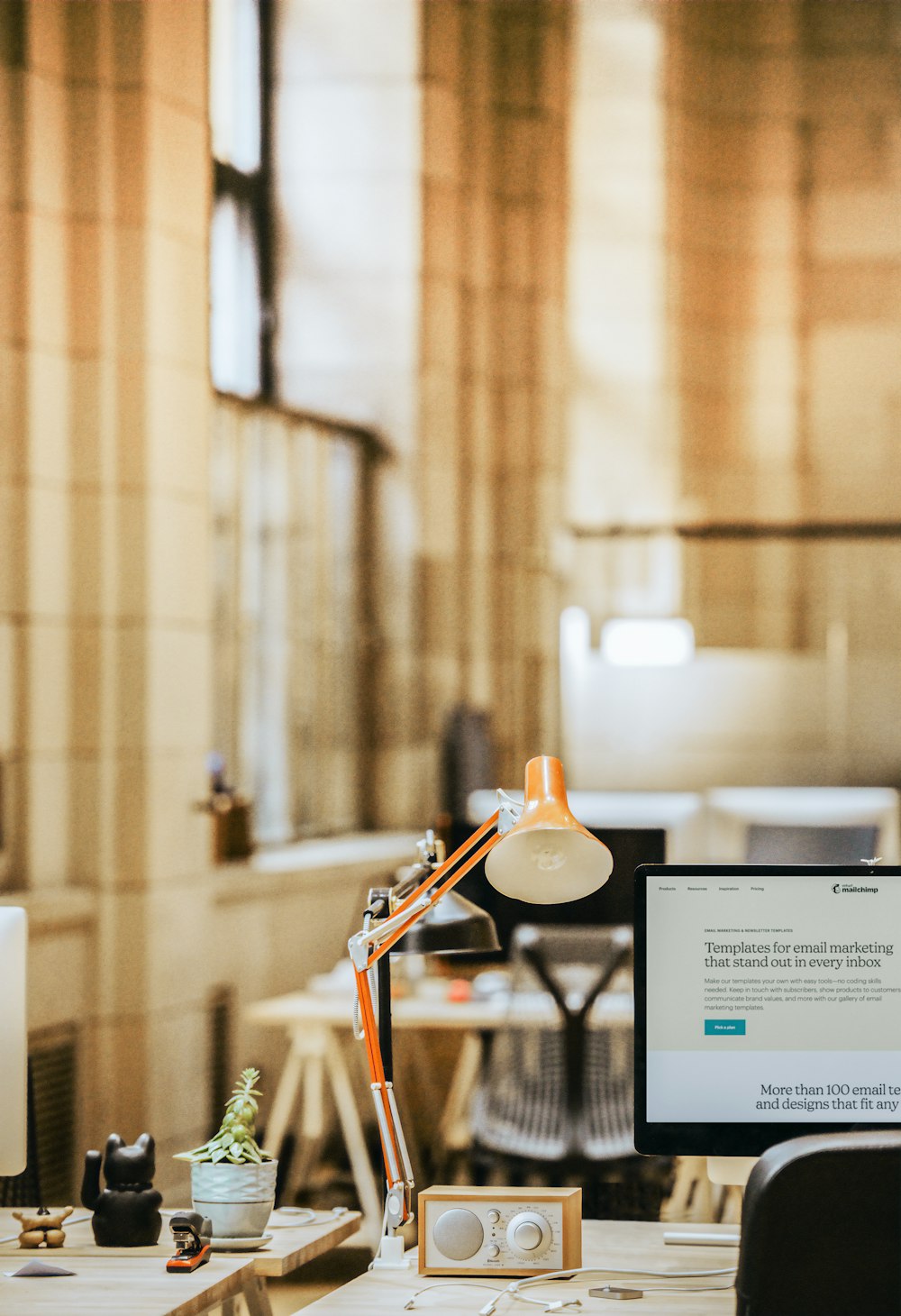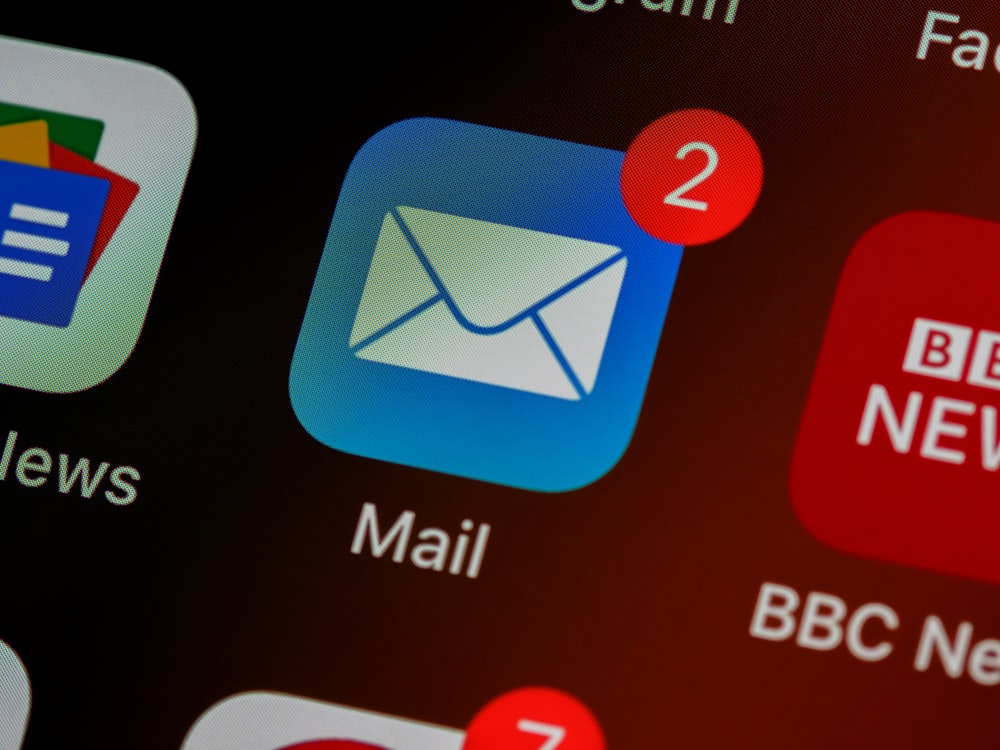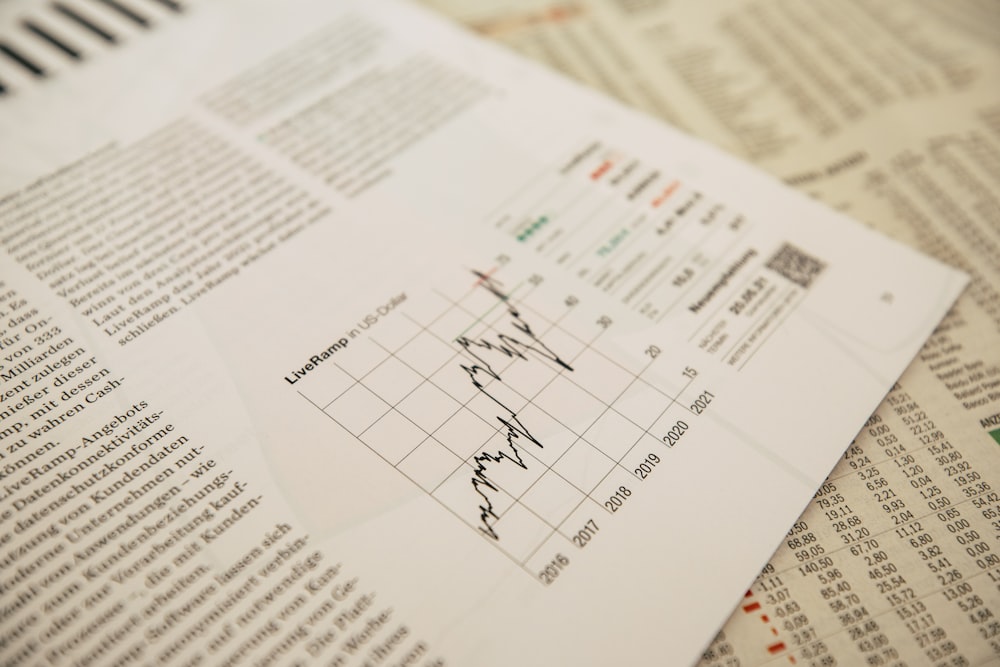From Cold to Sold: Building Effective Email Sequences That Convert
Sending a single cold email is like throwing a pebble into a vast ocean—even with perfect aim, it’s unlikely to create much of an impact. In today’s competitive business landscape, converting cold prospects into customers requires a thoughtfully designed sequence of emails that nurture relationships, build trust, and guide recipients toward a desired action.

Research shows that 80% of sales require at least 5 follow-up contacts, yet 44% of salespeople give up after just one follow-up. A strategically designed email sequence that delivers value at each touchpoint can increase response rates by up to 250% compared to single outreach attempts.
The Psychology Behind Effective Email Sequences
Understanding why sequences work requires insight into how humans make decisions. Very few people are ready to buy or engage deeply upon first contact with a new person or company. Instead, most follow a psychological journey:
The Rule of 7
Marketing research suggests that prospects need to encounter your message approximately seven times before taking action. This “Rule of 7” reflects how trust and familiarity build incrementally rather than instantaneously.
Consistency and Commitment
According to Robert Cialdini’s principle of commitment and consistency, people tend to align with their previous actions. Each small engagement with your emails (opening, clicking, replying) increases the likelihood of further engagement, eventually leading to conversion.
The Familiarity Effect
As prospects receive multiple emails from you, the familiarity effect begins to work in your favor. People naturally develop preferences for things they’ve been exposed to repeatedly, even without realizing it.
Addressing Different Decision Stages
Different prospects may be at various stages in their decision-making process. A well-crafted sequence addresses multiple stages, ensuring you connect with recipients regardless of their readiness to convert.

Anatomy of a High-Converting Email Sequence
While the specific content of your emails will vary based on your industry, target audience, and objectives, most effective sequences follow a similar structural pattern:
1. The Pattern Interrupt (Initial Outreach)
The first email in your sequence must break through the noise of a crowded inbox. This email should:
- Use a compelling, personalized subject line
- Establish immediate relevance to the recipient
- Provide clear, unexpected value
- Make a minimal request that’s easy to say “yes” to
Your first email should focus on building credibility and establishing relevance rather than selling. Aim for a 10:1 ratio of value-giving to asking, making your primary call-to-action a simple response rather than a meeting or purchase.
2. The Value Builder (Follow-Up #1)
The second email should be sent 2-4 days after your initial outreach and focuses on providing substantial value based on common pain points in your target audience. This email might:
- Share an insightful resource (case study, template, guide)
- Provide specific tips relevant to their industry or role
- Reference a successful implementation with a similar company
- End with a question that invites engagement
3. The Social Proof Email (Follow-Up #2)
Send this email 4-7 days after your previous message. It leverages the psychological principle of social proof by demonstrating that others similar to your prospect have benefited from your solution:
- Share specific results achieved by similar companies
- Include testimonials from relevant clients
- Mention industry recognition or awards
- Frame your call-to-action around not missing out on benefits others are experiencing
4. The Problem-Agitate-Solve Email (Follow-Up #3)
This email, sent approximately one week after your previous message, follows a classic sales framework:
- Identify a specific problem facing your prospect’s industry or role
- Emphasize the consequences of not addressing this problem
- Introduce your solution and how it specifically addresses this challenge
- Include a clear call-to-action framed as an opportunity to solve the problem
"Your team is spending 15+ hours weekly on manual data entry..."
"This costs your company $25,000+ annually in wasted productivity..."
"Our automation solution reduces data entry by 90%, saving your team 13+ hours weekly..."
5. The Case Study Email (Follow-Up #4)
Send this approximately 5-7 days after your previous email. This message demonstrates your solution in action through a detailed case study:
- Choose a case study most relevant to your prospect’s industry, size, or challenges
- Focus on specific metrics and outcomes
- Structure the email as a short story with a clear arc
- Include a call-to-action that offers a personalized assessment or comparison
6. The Breakup Email (Final Follow-Up)
Sent 7-10 days after your previous email, this message leverages the scarcity principle by suggesting you’re ending your outreach:
- Express that you respect their time and won’t continue to follow up
- Remind them briefly of the key value proposition
- Offer one final, easy way to connect if they’re interested
- Maintain a positive, professional tone
This email often receives the highest response rate in the sequence, as the fear of missing out motivates action.

Key Variables That Impact Sequence Effectiveness
While the structure above provides a foundation, several key variables will significantly impact your sequence’s performance:
Timing and Spacing
The optimal timing between emails varies based on your target audience and offering. As a general guideline:
- B2B sequences typically perform best with 2-4 days between early emails, extending to 5-7 days between later emails
- B2C sequences often benefit from shorter intervals, with 1-3 days between emails
- Enterprise sales sequences may extend longer, with up to 10-14 days between later-stage emails
Research from a study of 12 million outreach emails found that sequences with 4-7 touches spaced 5-8 days apart generated 2.7x more responses than sequences with closer spacing.
Message Length
While there’s no one-size-fits-all perfect email length, research indicates:
- Initial outreach emails perform best when kept under 200 words
- Follow-up emails can gradually increase in length as you build familiarity
- Late-stage sequence emails with detailed case studies may be longer (300-500 words)
- Mobile optimization is crucial—structure your emails with short paragraphs and bullet points
Personalization Depth
Effective sequences balance scalability with personalization:
- First email: Deep personalization (specific to individual recipient)
- Second/third emails: Industry/role-based personalization
- Later emails: Segment-based personalization
- Final email: Return to individual personalization
Call-to-Action Evolution
Your CTA should evolve throughout the sequence:
- Early emails: Low-friction CTAs (simple replies, quick feedback)
- Mid-sequence: Medium-friction CTAs (content downloads, assessment requests)
- Late-sequence: Higher-friction CTAs (meetings, demos, trials)

Handling Responses Within Sequences
A critical element of sequence management is properly handling responses when they occur:
Immediate Sequence Pausing
When a prospect responds, immediately pause their automated sequence. Nothing destroys trust faster than receiving a follow-up email after you’ve already responded.
Response Categorization
Develop a system to categorize responses into types that require different handling:
- Positive interest: Requires prompt, personalized follow-up and sales process advancement
- Questions/objections: Needs specific answers and objection handling
- Not interested: Opportunity for polite acknowledgment and potential future re-engagement
- Out of office: Requires sequence adjustment based on return date
Re-Engagement Sequences
For prospects who engaged but didn’t convert, develop distinct re-engagement sequences that reference previous interactions and offer new value.
Create email templates for common response types, but always personalize them before sending. Reference specific details from the prospect's message to demonstrate attentiveness.
Measuring and Optimizing Sequence Performance
To continuously improve your email sequences, establish a robust measurement framework:
Key Metrics to Track
- Open rates: Measure subject line effectiveness
- Reply rates: The true indicator of engagement
- Meeting/call booking rates: Conversion to meaningful interaction
- Opportunity creation rate: Progression to sales pipeline
- Sequence completion rate: Percentage of prospects who receive all emails
- Time-to-response: When in the sequence prospects typically engage
- Unsubscribe/complaint rates: Indicators of sequence quality issues
A/B Testing Framework
Implement systematic testing to optimize your sequences:
- Test only one variable at a time (subject line, send time, CTA, etc.)
- Ensure statistical significance before declaring winners
- Test in waves, implementing winning elements before testing new variables
- Document all test results for institutional knowledge
Optimization Priorities
Focus your optimization efforts in this order:
- Subject lines (impact open rates)
- First paragraph (determines if they’ll read further)
- Call-to-action (affects response rates)
- Email length and structure (impacts readability)
- Sending schedule (affects overall sequence performance)
Advanced Sequence Strategies
Once you’ve mastered the basics, consider these advanced strategies to further improve performance:
Multi-Channel Sequences
Integrate other communication channels into your email sequence:
- LinkedIn connection/message between emails 2-3
- Direct mail piece after email 4
- Personalized video message as an alternative to email 3
- Phone call after the breakup email
Trigger-Based Branch Sequences
Create branches in your sequence based on recipient behavior:
- If a prospect opens multiple emails but doesn’t reply: Send a “I noticed you’ve been opening my emails” message
- If a prospect clicks links but doesn’t engage: Send content-specific follow-up
- If a prospect visits high-intent website pages: Trigger a more direct sales approach
Re-Engagement Sequences
For prospects who complete your sequence without converting, implement a re-engagement strategy:
- Pause outreach for 30-60 days
- Begin a new sequence with fresh, high-value content
- Reference that you previously communicated
- Focus the new sequence on different pain points or use cases
Conclusion: Sequence Strategy Over Tactics
While the tactical elements of email sequences are important, the strategic fundamentals ultimately determine success:
- Value in every message: Each email should provide standalone value to the recipient
- Respect for the recipient’s time: Clear, concise communication that respects their attention
- Authentic personalization: Going beyond merge fields to demonstrate genuine understanding
- Clear, evolving CTAs: Making next steps obvious and appropriate to the relationship stage
- Consistent testing and optimization: Continuously improving based on data, not assumptions
By focusing on these strategic principles while implementing the tactical approaches outlined in this guide, you can develop email sequences that effectively convert cold prospects into valued customers—transforming your outreach from ignored interruptions into welcome conversations.
Remember that the most effective sequence is not a static asset but an evolving system that continuously improves through testing, optimization, and adaptation to changing market conditions and recipient preferences.



